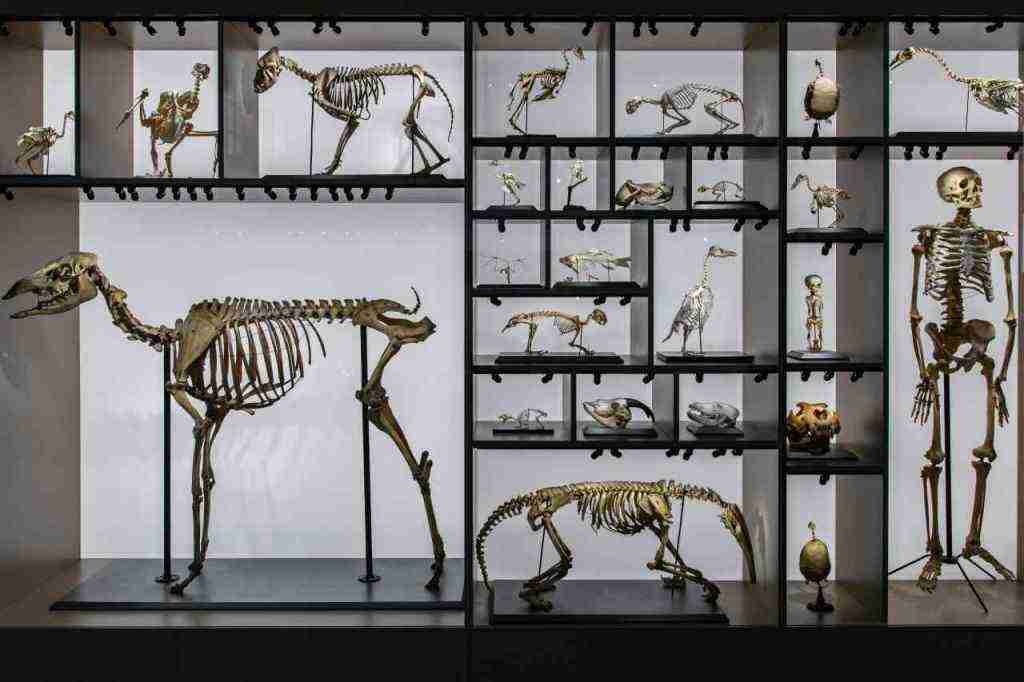Dinosaur Evolution and Adaptation: The Shift to Endothermy
They stalked the Earth for over 150 million years, dominating every ecosystem they entered. But what if the mighty dinosaurs weren’t the cold-blooded behemoths we once thought they were? New evidence suggests that some dinosaur species evolved a secret weapon: endothermy, the ability to generate their own body heat.
In this deep dive into dinosaur evolution, we’ll explore the fascinating journey of these ancient creatures as they adapted to changing climates and gave rise to the warm-blooded wonders we know today: birds.
Early Dinosaur Diversification
During the Triassic period, the ancestors of dinosaurs, known as dinosauromorphs, roamed the hot and arid landscapes. As the Mesozoic Era progressed, these early dinosaurs diversified into three main groups: sauropods, ornithischians, and theropods.
Sauropods, the massive herbivores with long necks and tails, remained primarily in these warmer regions. Their ectothermic nature meant they relied on external heat sources, like the sun, to regulate their body temperature.
Theropods and Ornithischians: Adaptation to Cooler Climates
In contrast, theropods (the predators and bird ancestors) and ornithischians (a diverse group of herbivores) began to venture into cooler climates during the Early Jurassic period. This shift may have been driven by the need to escape competition in the warmer regions or to exploit new ecological niches.
As they moved into these cooler environments, these dinosaurs faced new challenges in maintaining their body temperature. This adaptation would prove crucial for their survival and ultimately pave the way for the evolution of endothermy.
Dinosaur Evolution and Adaptation: The Shift to Endothermy
Early Dinosaur Diversification
During the Mesozoic Era, proto-dinosaurs known as dinosauromorphs roamed hot and dry climates. Sauropods, ornithischians, and theropods preferred these warmer regions.
Sauropods: Ectothermic Giants
Sauropods, like brontosaurus and diplodocus, were ectothermic. They relied on external heat sources, like sunlight, to regulate their body temperature.
Theropods and Ornithischians: Adaptation to Cooler Climates
Theropods (predators and bird ancestors) and ornithischians migrated to cooler regions during the Early Jurassic. This shift might have been driven by ecological opportunities or a need to escape extreme temperatures.
The Early Jurassic Jenkyns Event
Around 183 million years ago, the Early Jurassic Jenkyns Event caused global warming and carbon cycle disruptions. This event may have forced theropods and ornithischians to seek refuge in cooler areas.
Feathered Dinosaurs: Thermoregulation
Feathers, found in many theropods and ornithischians, provided insulation and heat management. This allowed feathered dinosaurs to adapt to more diverse climates.
Homeothermy and Endothermy
Dinosaurs with feathers or other heat-regulating structures may have developed homeothermy, the ability to maintain body temperature through metabolic activity. Some may have even evolved endothermy, producing heat internally.
Origins of Avian Endothermy
Endothermy may have contributed to the rise of Avialae, the clade that includes birds. This evolutionary trend likely began in the latest Early Jurassic.
Conclusion
The shift to endothermy in certain dinosaur species was a pivotal adaptation that facilitated their colonization of diverse climates. It highlights the remarkable evolutionary adaptability and resilience of dinosaurs.
